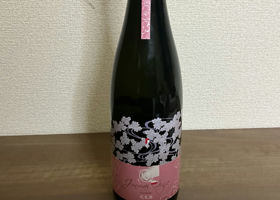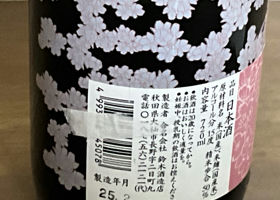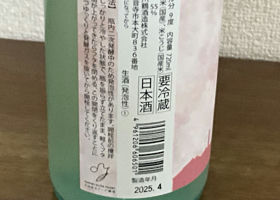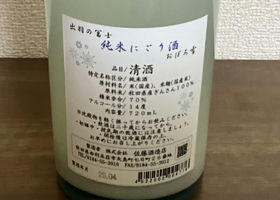冨玲生酛仕込 純米酒 玉栄60% 2017BY


Kab
The alcohol content is low, and it is believed to be very watered down.
From room temperature. It smells quite bad. When you drink it, it has a strong acidity along with umami with a little grain-based sweetness, which is quite sour, even among Tottori sake. However, the sweetness and umami are just right, or just barely not unpleasant.
High temperature is recommended, so 60°C. It does not change much, but it becomes sharp with a slight bitterness. If you add a little water, the sharpness weakens, but the sourness becomes much milder.
Although it is watered down and low in alcohol, it is still quite a strange sake. For those who like matured sake with a sour taste.
Japanese>English



































